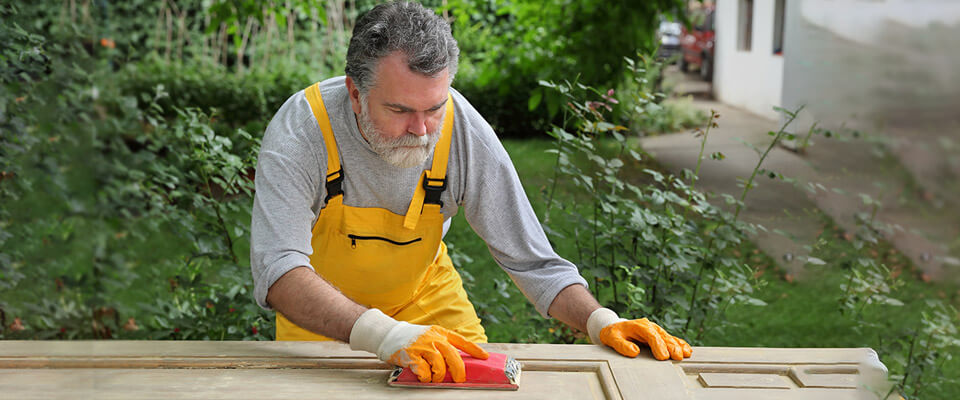As we move toward the close of 2016, I’m curious why we don’t feel better about our economic circumstances. The statistics show that the economy, although far from perfect, is slowly growing, and recovery from the Great Depression of eight years ago is imminent. Or is it?
Bank of Canada Governor Stephen Poloz said recently “the service sector is key for growth as the Canadian economy continues to recover from the global financial crisis and the more recent downturn in oil and other commodity prices.” What’s happening is that good full-time jobs are being lost for less secure, less skilled, less lucrative service work often without benefits, pensions or stable hours.
As Avery Shenfeld, CIBC chief economist commented, “Plenty of jobs in the offing, but not the kind of work we’d like to see.” In a new report by his colleague deputy chief economist at the CIBC Benjamin Tal describes a slow but steady deterioration in the quality of jobs. Much of this has to do with the rise of part-time work which has accounted for 90 per cent of job creation in Canada in the past year.
Statistics Canada reports that during the past year, 213,000 part-time jobs were added while 35,000 full time jobs were eliminated. Construction, manufacturing and transportation were hit hardest, work traditionally performed by men.
This figure may be hard to swallow, but only twenty per cent of Canadians are now employed in the manufacturing sector. The rest of us, men and women, are in service, which changes the narrative of the average worker’s story, how we feel about our jobs and how financially secure we are or will be during retirement.
Close to home I know someone who thrived for more than thirty years in a hands-on media field here and in Europe. Four years ago, his contract work abruptly ended. Since then, he’s gone back to college, re-trained as a paralegal, written the compulsory exam with the Law Society of Upper Canada, applied for hundreds of jobs and launched his own legal company.
At the same time as he builds his business, he’s employed in the service industry. The hours change every week, most of the work is at night and he’s on his feet from four to eight hours a shift. During a long shift, he registers 13 kilometers. He’s smart, reliable and hardworking.
It’s a tough job for low pay and no social capital. His story, I suspect, isn’t much different from that of many across the country. From the oil industry to manufacturing to good jobs in the media, full time work is shrinking. If you’re in your fifties or beyond—and if you’re a man– finding a decent job in your field is becoming increasingly difficult, if not near impossible.
On the other end of the spectrum are professional women who’ve worked hard all their lives and would prefer to retire before 65, but are finding it hard to leave their field. Most of us in our fifties and sixties, craved big careers when we started out, but I’m guessing that we never expected to work full time for more than 40 years and then work part-time afterward. I certainly didn’t. Yet after divorce or separation, more and more of my female friends became the primary breadwinners, forcing us to remain at work longer than expected as we age.
I love my work, but not everybody does. The latest report of the Canadian Index of Wellbeing, “How are Canadians Really Doing?” compiled at the University of Waterloo, came out about the same time as the job stats showing an increasing dependence on service work.
The startling figure is the growing gap between economic growth and the health and wellbeing of Canadians, expanding from 21% to 28% in just the past 6 years. According to this study, “Fewer people have regular, steady jobs. Employment is far more precarious. There has been a major increase in people unable to find work for more than 30 hours a week. Plus, many are forced into situations where they are juggling several part-time, low paying jobs; often having to work odd hours and on weekends.”
Although the GDP has increased by 38 per cent since 1994, the Canadian Wellbeing Index has lagged far behind, only going up by 9.9 per cent. More wealth is being created, but our lives are more stressed and we have less and less time to enjoy the fruits of our labour. Economic disruptions, such as the 2008 Great Recession, have changed the pattern of our daily lives and not for the better.
This Wellbeing Index commissioned by Manulife goes on to say: “There is a feeling that all is not well in Canada. But it’s more than a feeling; it’s a fact…When Canadians go to bed at night, they are not worried about GDP. They are worried about stringing together enough hours of part-time jobs, rising tuition fees, and affordable housing. They are thinking about the last time they got together with friends or the next time they can take a vacation. Maybe that’s why we are getting less sleep than 21 years ago.”
There’s no question that we are sacrificing many of the pursuits that make life worth living: leisure, arts and culture, volunteering, and vacation. “From 1994 to 2014, the Leisure and Culture domain (in the index) saw an overall decline of more than 9%. Six of its eight indicators are down. Canadians are spending less time engaged in the arts, culture, and social leisure. Time spent volunteering for culture and recreation organizations is down almost 30% and we are spending fewer nights away on vacation.”
To figure out how wellbeing affects lives, we need only look to the recent election in the U.S. If 80,000 voters in three rustbelt states, hard hit by deteriorating wellness conditions, had selected Hillary as their president, she, and not Donald Trump would be in the White House.






























